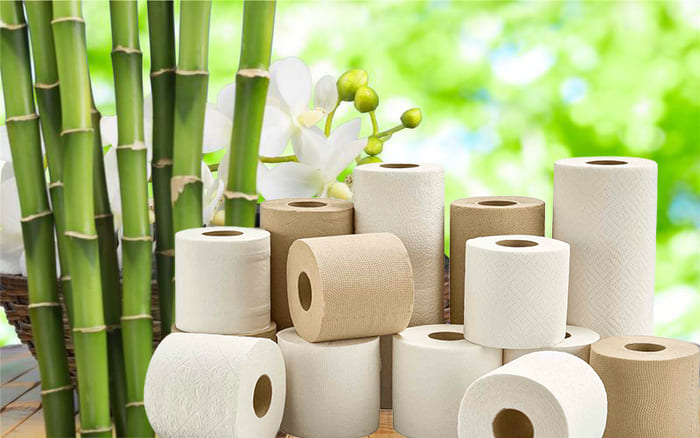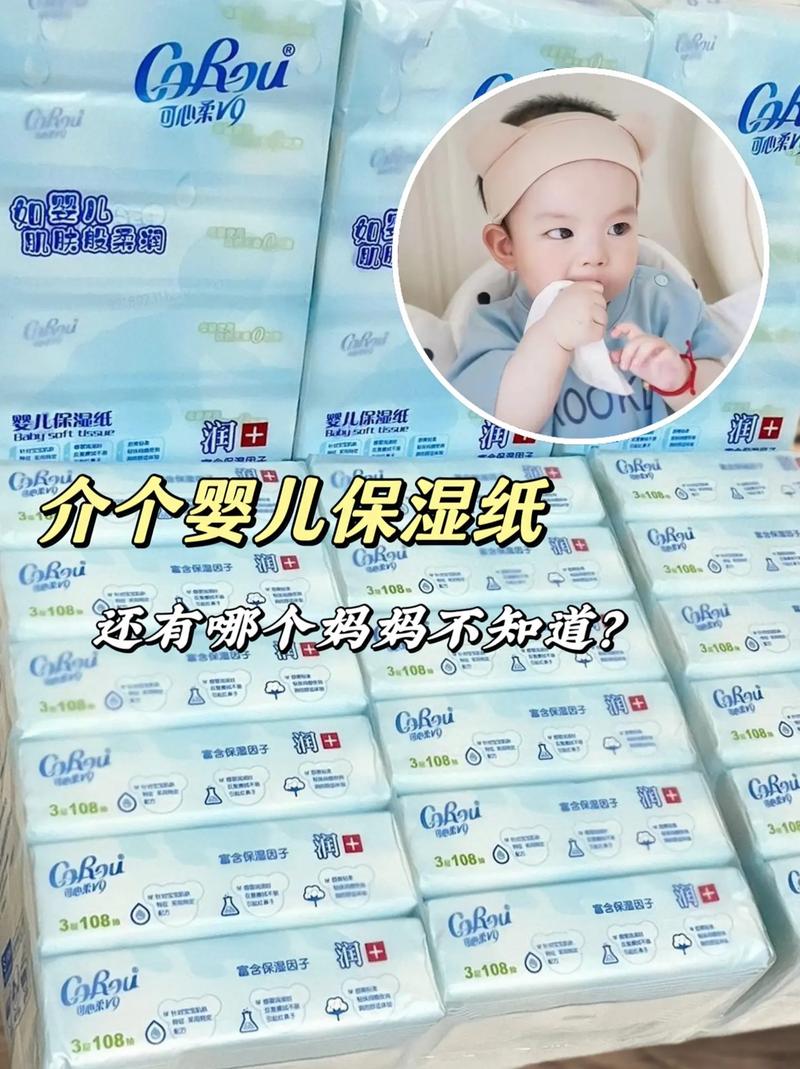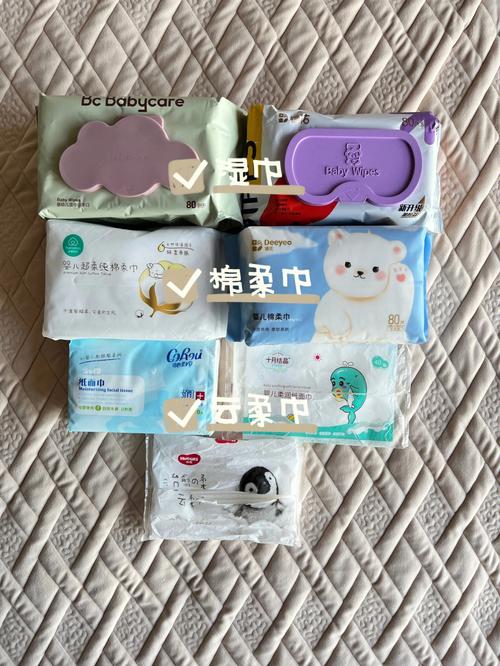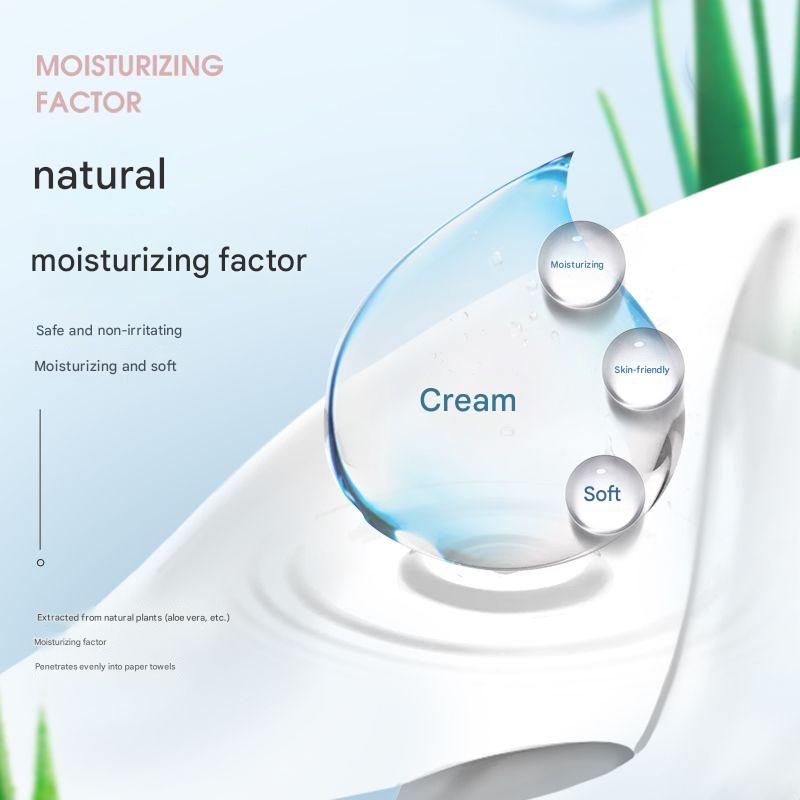Why Bamboo‘s Fast Growth Makes It Perfect for Sustainable Tissue Paper
In the quest for sustainable alternatives in the tissue paper industry, bamboo has emerged as a game-changing raw material. Known for its astonishing growth speed and renewability, bamboo offers a tree-free fiber source that can significantly reduce deforestation. This fast-growing grass is gaining traction among tissue paper manufacturers, sustainability-focused businesses, and household paper distributors as a viable and eco-friendly option. Below, we delve into how bamboo’s rapid growth translates into advantages in production technology, explore the market prospects for bamboo-based tissue products, and analyze why bamboo is an ideal choice for tissue paper from a sustainability and business perspective.
Bamboo‘s Rapid Growth: A Sustainable Fiber Revolution
Bamboo forests grow densely and rapidly, providing a renewable fiber source much faster than traditional timber.
Bamboo’s growth rate is often cited as its most remarkable trait – how fast does bamboo grow exactly? Under optimal conditions, certain bamboo species can grow about 91 cm (36 inches) in a single 24-hour period, making bamboo one of the fastest-growing plants on Earth. In fact, Japanese timber bamboo has been observed to surge nearly 120 cm (4 feet) in one day. This speed of growth of bamboo far outpaces traditional tree species and underpins its sustainability advantages.
Equally important is how long bamboo takes to grow to maturity. Unlike hardwood trees that might require 20 to 50 years to reach harvest size, bamboo can be harvested in as little as 3-5 years. Within just a few months, a bamboo shoot can reach full height – up to 30 meters tall in some cases. When harvested, the plant’s root system (rhizomes) remains intact, and the bamboo regenerates without the need for replanting. In essence, bamboo renews itself, sprouting new shoots that can be re-harvested on a sustainable cycle. This means a well-managed bamboo grove can yield annual or biennial harvests without causing deforestation.
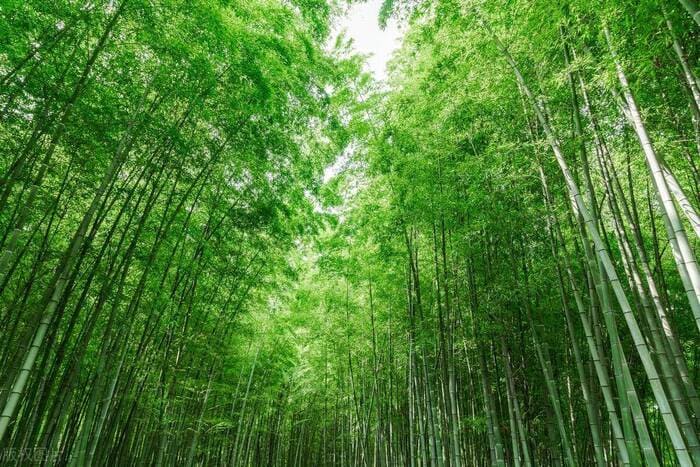
Beyond its growth speed, bamboo’s biology confers other sustainability benefits. It is typically low maintenance, often growing well without irrigation or fertilization, and it can grow on marginal or degraded lands that are unsuitable for food crops. Bamboo also has a deep root system that prevents soil erosion and protects water tables, in contrast to some tree plantations that can contribute to water and soil depletion. Environmentally, bamboo is a powerhouse: it absorbs more carbon dioxide (CO2) – about 35% more than an equivalent stand of trees – and produces abundant oxygen. It also requires about 30% less water than typical tree-based crops to produce the same quantity of pulp. This exceptional combination of rapid renewability and low resource requirements makes bamboo an environmentally superior option for tissue fiber.
For tissue paper manufacturers, the bamboo growth rate translates into a highly renewable resource. A bamboo plantation can quickly replenish itself and provide a stable supply of raw material, whereas wood pulp suppliers face long plantation cycles. This rapid turnaround reduces the land footprint needed to support fiber demand; a smaller area of bamboo can yield the same pulp volume that would otherwise require a much larger forest of slow-growing trees. In short, bamboo’s fast growth and regenerative nature position it as an ideal sustainable fiber crop for the paper industry.
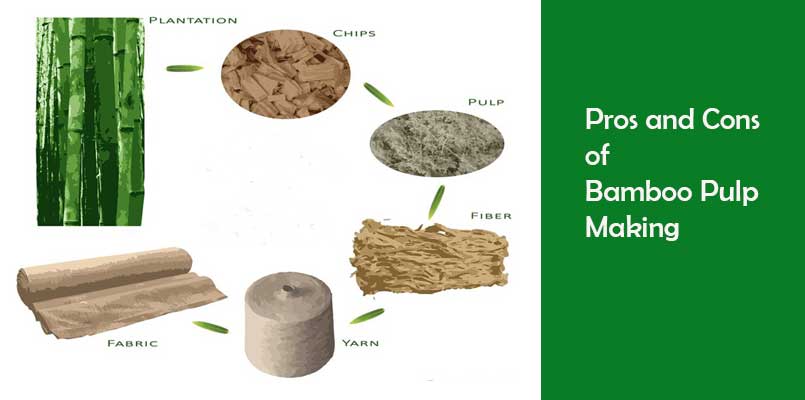
Production Technology: Converting Bamboo into Tissue Paper
From a manufacturing standpoint, producing tissue paper from bamboo is a technologically feasible process that closely parallels conventional wood-pulp tissue production – with some innovative twists. Bamboo tissue paper production begins with harvesting and chipping the bamboo stalks into small pieces. These bamboo chips are then processed into pulp through either chemical or mechanical pulping methods. The most common approach is a chemical pulping process (often a variation of the kraft or soda process) to separate bamboo fibers:
- Cooking and Pulping: The bamboo chips are cooked in a solution of water and sodium hydroxide (NaOH) or similar agents to break down the lignin that binds fibers together. This stage creates a fibrous slurry. The use of sodium hydroxide – essentially a caustic soda derived from common salt – helps dissolve lignin and is handled in a closed-loop system for safety and sustainability. Modern bamboo pulping facilities often recover and recycle chemicals and implement water treatment.
- Fiber Separation and Refining: After cooking, the bamboo slurry (pulp) is washed and filtered to remove residual lignin and impurities. Because bamboo fibers are naturally long and flexible, they withstand processing well – bamboo pulp can yield longer fibers than wood pulp after screening. The clean pulp is then refined to achieve the desired fiber characteristics. Notably, bamboo‘s fiber composition is rich in cellulose (often over 50%), which means a high pulp yield.
- Papermaking: The refined bamboo pulp (often used as a wet slurry) is fed into a standard tissue paper machine. Here, it is formed into a thin web, pressed, and dried into tissue paper. High-speed crescent former tissue machines have been successfully employed for 100% bamboo pulp, producing toilet paper and facial tissue with strength and softness comparable to premium wood-pulp tissue.
- Minimal Bleaching: An added benefit of bamboo pulp is its light color and low lignin content, which can reduce the need for bleaching. Some bamboo tissue products are offered unbleached, retaining a natural light tan color. Unbleached bamboo paper towels and toilet tissue have become popular for eco-conscious consumers.
Overall, the production technology for bamboo-based tissue has matured to the point that manufacturers can process bamboo pulp efficiently and produce tissue products that meet the same specifications as conventional tissues.
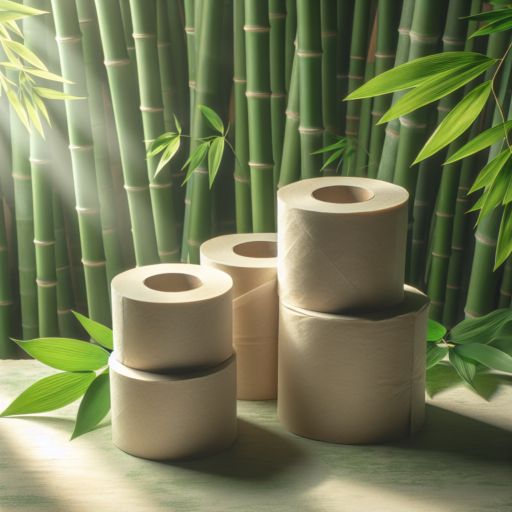
Market Prospects for Bamboo-Based Tissue Products
The market for bamboo-based tissue products is experiencing robust growth, fueled by both consumer demand for sustainability and the industry’s need for fiber diversification. Globally, the tissue paper market is enormous – and bamboo is carving out a notable niche within this space. The bamboo tissue market is projected to grow at an estimated CAGR of 5.3% from 2021 to 2028, reflecting increased investment as companies recognize its potential to meet rising demand for eco-friendly products.
Consumer trends are clearly favoring “tree-free” or recycled paper products. Many shoppers are asking for greener options, and bamboo toilet paper and related products neatly fit this trend. Major tissue manufacturers have taken notice. For instance, in 2022, a leading global tissue brand unveiled a “Greenleaf” line made entirely from recycled paper and bamboo fibers, directly targeting eco-conscious consumers.
Looking ahead, market prospects for bamboo tissue are very promising. As production scales up, prices of bamboo paper products have become more competitive with traditional products. With strong consumer preference trends toward sustainability, carrying a bamboo tissue line is increasingly seen as a smart strategic move for manufacturers and distributors alike.
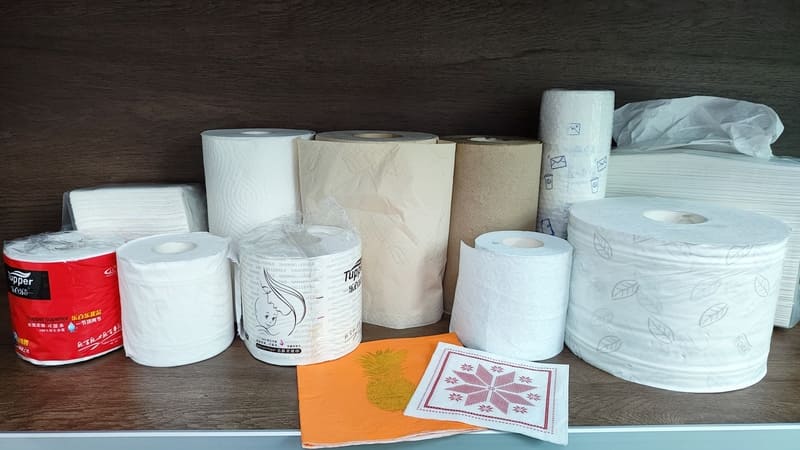
Conclusion
Bamboo’s lightning-fast growth and regenerative lifecycle make it a superstar raw material for sustainable tissue paper production. It allows the industry to reduce reliance on slow-growing forests and embrace a rapidly renewable resource. From bamboo toilet paper and facial tissues to napkins and paper towels, every product that switches to bamboo fiber is a step toward a more sustainable future. Bamboo’s fast growth, renewability, and proven viability in tissue paper production indeed make it a perfect choice – combining ecological wisdom with industrial know-how to meet the needs of both the market and the planet.


